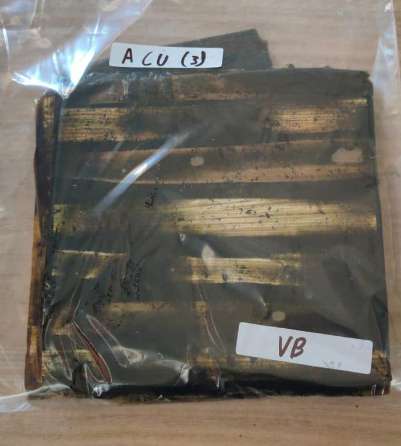Innovator Name:
Nathan Mazarello
Amston Sanches
Ashish Tarale
Chirag Naik
Lemuel De Cunha
Contact No: +917411357170
Project Objective:
- To develop a composite lamina made up of natural fibres and CNSL (Bio-based matrix).
- To test the lamina and obtain its tensile and flexural properties.
- To perform statistical analysis of the results obtained from the tests.
- To carry out analysis for correlating obtained results
Contact Email: samantgaurish@gmail.com
Abstract:
Composites have gained prime importance due to their high strength-to-weight ratios that make
them applicable for various useful applications as compared to traditional metals.
However, with certain advantages, these composites are a threat to the environment due to their
toxic nature and non-biodegradability.
Hence, a heightened need of the hour is producing green composites made of naturally available
fibers and bonding matrix materials.
This project aims to produce green composites of three different natural fibres (Bamboo, Coconut
Midrib and Areca leaf sheath), locally available in and around Goa, bonded together by Cardanol
resin, a derivative of cashew nut shell oil.
Silicon dioxide nanoparticles, graphene nanoparticles and single walled carbon nanotubes are
added to increase its mechanical properties.
Prior to composite manufacturing, the fibers are subjected to chemical treatments such as
alkali treatment (NaOH), Silane treatment and Benzoyl peroxide treatment to improve bonding
properties between fiber and matrix, thereby increasing mechanical properties.
A total of twenty seven composite samples are produced, where nine are produced by Compression
Moulding, nine by vacuum bagging technique and the rest nine by hand layup process.
All samples are tested to obtain tensile and flexural properties by performing the tensile test and
flexural test.
The obtained properties are statistically analyzed and compared with properties of already
produced green composites
Project Outcome/result/findings:
- Obtaining twenty-seven different composites manufactured by varying fibre percentage,
nanofillers and manufacturing methods. - Obtaining tensile and flexural properties by performing mechanical tests.
- Theoretical analysis of composite in software such as MATLAB, Ansys and COMSOL.
- Comparative study of each composite based on the different types of fibres used

